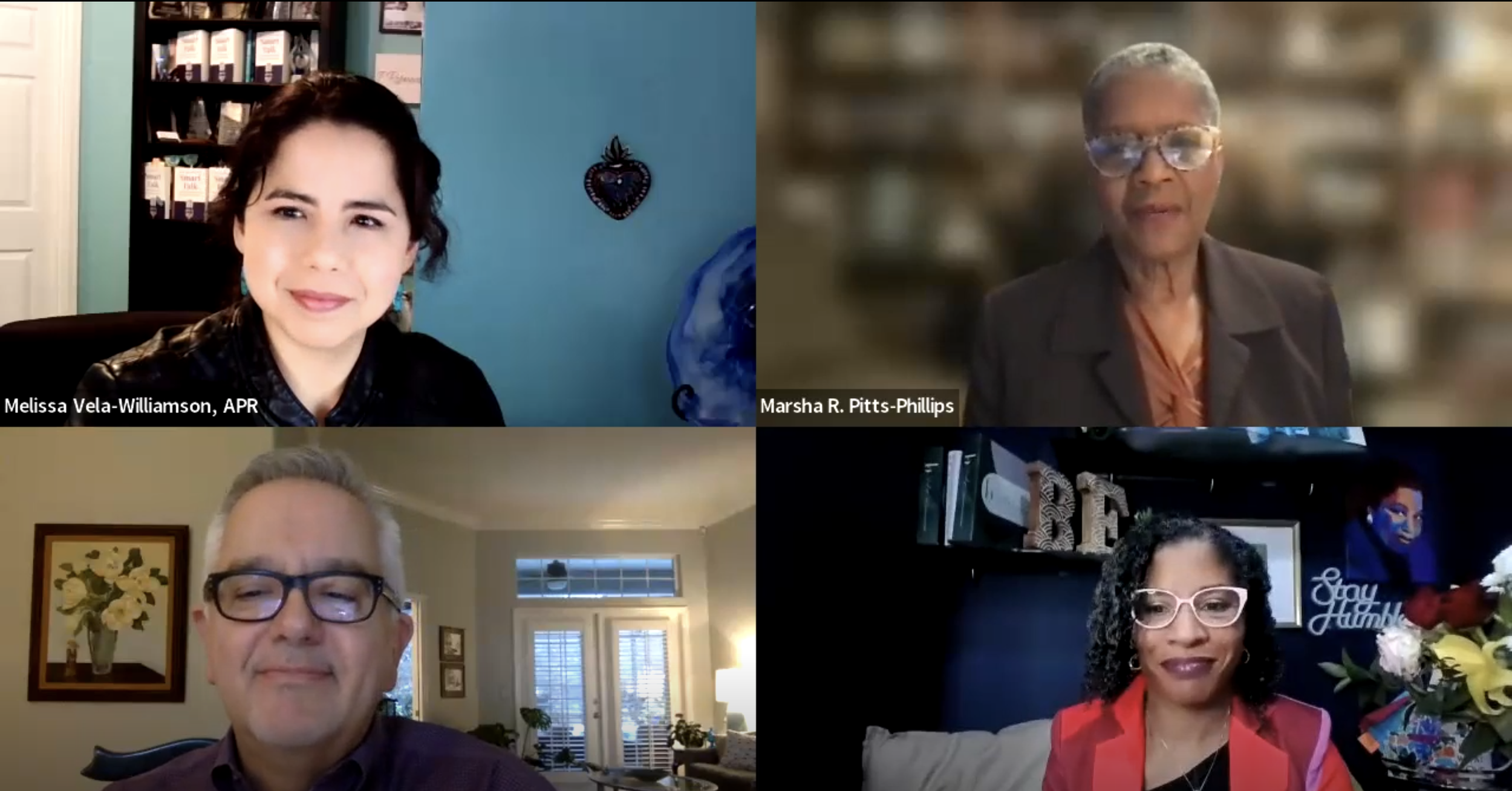Challenging Anti-DEI Legislation: Insights from a Certified Diversity Professional
You’ve probably heard that Texas and other states, like Florida and Oklahoma, are banning diversity, equity, and inclusion initiatives in public higher education. Much of the public has shared upset since DEI efforts had been recommitted to in recent years. As a Certified Diversity Professional and holder of a CompassionateUSA Certification, I try to consider what role the PR professional and communicators can have in situations like this.
Even with an undercount, the latest Census numbers show that in the United States, we are more multicultural than ever and continue to grow more diverse. Our “multi” population is the new majority of the U.S., and forecasts show that will be the case for years to come. So what do communicators do when policies seem to be regressing rather than evolving to what our societal needs are?
Since late 2022, staff at universities across the country have been given direction to take down DEI statements and websites, change the names of offices and titles, or even close offices entirely as the anti-DEI bills were introduced and passed.
Some of the smartest universities are holding planning discussions and evaluating the materials and bills they’ve been given to determine exactly what they mean since there’s so much room for interpretation. Each word and each term and their context really matter in this situation.
Other reactions to the new Senate Bills and anti-DEI bans by colleges have been concerning. Texas A&M University recently made news with a botched attempt to hire a diverse journalist as a professor to revitalize the journalism program due to major pushback because of her past work promoting diversity. At the University of Houston, the LGBTQ Resource Center and Center for Diversity and Inclusion were closed due to Senate Bill 17, which bans DEI offices at publicly-funded college campuses, but a Center for Student Advocacy and Community was opened. Students of UT-Austin have protested at the capitol to take a stand for what they believe. And much more has happened since the start of 2024.
Through all of the adverse effects of these bills and bans, cultural groups are coming together and workarounds are being found within universities since affinity groups are technically not touched by the bills.
Imagine being a PR pro at a university in the states that have been affected by anti-DEI bills and laws. When faced with the decision on whether to remove DEI statements from websites or change materials without clear guidance from our university, what do you do?
In situations like this, it’s important to consider what role PR can play and how, as communications professionals, we can help. When we are included in the committees having decision-making conversations, we can help shape the outcomes and tell a more strategic story. Public relations pros should be working directly with top leaders in tricky scenarios like this.
I recently spoke about this topic in a national PRSA webinar, What’s Next: DEI and the Intersection With Higher Education. Listen in to see this esteemed panel discuss the ever-changing landscape of diversity, equity, and inclusion within the higher education sector. We explore practical strategies and thought-provoking perspectives on navigating these critical issues.
Reach out if you would like to explore the intersection of DEI and communication or get some advice for your organization! Often, an outside perspective makes a big difference.

